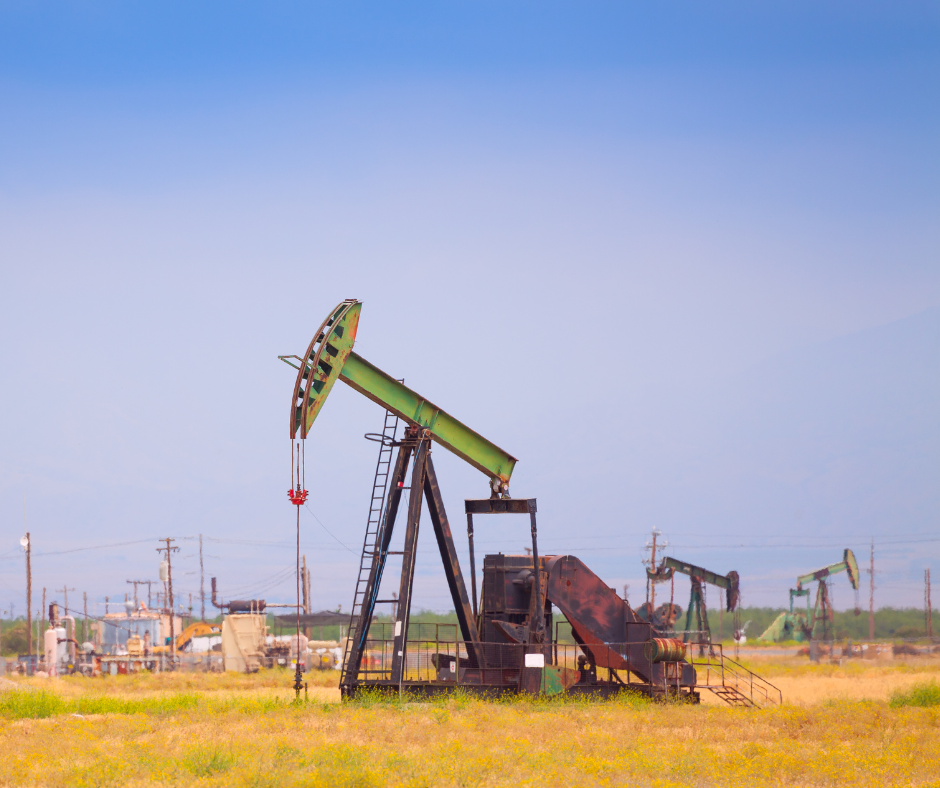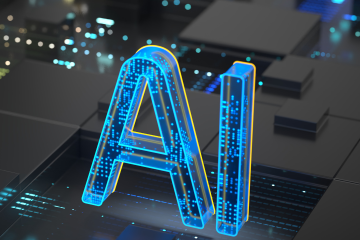
The Five Most Key Takeaways from This Blog
- The ability of A.I. to find resources for extraction, potentially lucrative locations, is surprisingly sophisticated.
- Real-life example: A.I. recently identified a deposit in Zambia with quite literally millions of tons of copper that is necessary for, guess what, the creation of A.I. systems.
- For manufacturers in particular, this could lead to more cost-effective (and just generally effective) sourcing and allocation of raw materials.
- This work can involve business-conscious considerations that the A.I. can factor in when recommending the best places for resource extraction. Issues such as potential natural disasters or political instability can be on the list of considerations that an A.I. will factor in when building its predictions.
- Overall, this technology will accelerate and optimize business’ supply-chain operations all over the globe.
“X” Marks the Spot
How important is the finding and extraction of dependable raw materials for the success of many industries?
It may not be at the top of our minds, but for many businesses around the world, but especially in America, success in the process of identification and extraction of areas with sufficient amounts of raw materials for a business’ needs is a make-or-break factor.
For many industries, a whole new level of this process will come by using A.I to find resources. The tireless speed and efficiency with which A.I. can perform will be able to sustain–even increase–for the relatively near future the rate and volume of consumption that the human world engages in. In other words, A.I. will be necessary to it.
Consider why this may be. If you, like this writer, are a born-and-bred United States American, then you are doubtless familiar with the feeling of convenient and easy, at times instant or near-instant, access to goods and services that our consumer society affords.
That convenience is possible because the businesses responsible for creating or obtaining those consumer goods must either directly source, or purchase from an entity that either is that direct source or is in a middleman-ish role in relation to a direct source, those products’ necessary raw materials, which can only be found in select locations around the world.
Those sources are in locations that for many a business owner are like the elusive X on pirates’ treasure maps. There be the treasure (e.g., copper) necessary for keeping an industry afloat. Going forward, A.I. will be doing a lot of the X-ing of treasure-spots across the globe.
Artificial Intelligence: “X”-ing More Spots on the Global Map
Get a craving for a certain product, and head on over to the relevant store (or online marketplace) and, voila, the thing is magically there. Even if it is sold out, odds are pretty good that if you come back later in the week, or even tomorrow, or heck, even later that day, the product will be lying in wait for purchasing in a restock line of identical brethren.
With A.I.’s resource identification, this way of life will remain in place for many Americans. This experience common to the American consumer is, as said, made possible by a supply chain that has ample raw materials to supply those goods, and with such efficiency and speed. Speed and efficiency correctly describe A.I. systems that imbibe massive amounts of data about locations and their potential for yielding valuable resources for the creation of products.
One of the realities of this American way of consumption is that those raw materials that go into creating those consumer goods are finite. A consequence of that finite-ness is that there will come a point where the location will be more or less barren of resources.
As such, a new location must be found to meet the needs of consumers around the globe. To keep those raw materials coming in, we will need A.I. to help businesses find out where to find those raw materials once any given source gets exhausted.
Keeping Consumer Goods on Shelves with A.I.
In the interim from craving to purchasing, there may only be just enough time to consider the wealth of raw materials and sweat equity that it took to first form that product, then bring it right to the shelves it was plucked off of.
Though it is not on our minds that often, the fact of the matter is that much of our consumer products and services rely on raw materials that are sourced from places that are outside the boundaries of the land currently d.b.a The United States of America.
In fact, many of our most-cherished products depend on raw materials sourced in countries many Americans would confess to not even know of the existence of, let alone the name of, let alone the placement on a globe or map of.
With A.I. analyzing ever-changing big data sets in real time, they can figure out the best places to find raw materials, considering factors like potential natural disasters or geopolitical instability. That way, our way of consumption will be able to go on for the foreseeable future.





